If you open pretty much any bathroom cabinet, chances are you'll find a bottle of acetaminophen. Maybe it's Tylenol, maybe it's the generic stuff, and maybe you’ve never thought twice about popping a couple for a nasty headache. But here's a stat that might surprise you: About one in four American adults use acetaminophen in any given week. And it’s not just headaches. This humble little pill is everywhere, hiding in cold meds, allergy tablets, and even those syrupy cough medicines we force ourselves and our kids to gulp down at 3 am.
How Acetaminophen Works and What Makes It Different
If you ask someone how acetaminophen works, most folks just shrug and say, “It kills pain.” But the real story is a little more sneaky. See, acetaminophen does help with pain and fever, but it doesn’t do much for swelling (inflammation) the way, say, ibuprofen or aspirin do. The magic happens mostly in your brain. Scientists believe acetaminophen blocks an enzyme called COX, but mainly in the central nervous system. This is different from other painkillers, which also block COX in the rest of your body.
That means acetaminophen actually cools off little pain signals before they ever make your whole body ache. Moms reach for it when their children spike a fever because, let’s be honest, it’s a gentler option than some of the other heavy hitters. Molly swears by it for the kids—Oscar and Leonie have had their share of fevers—and I’m always the one standing there, triple-checking dosages on the back of the bottle like a hawk.
Acetaminophen stands out because it doesn’t upset the stomach or thin the blood. That’s a big deal for anyone who’s ever rolled around on the couch with indigestion from NSAIDs. People on blood thinners, or those with ulcers, often hear docs say, “Stick with acetaminophen.” But don’t let that gentle image fool you. It has a dark side. Take too much and your liver can run into serious trouble—sometimes permanently. About 56,000 folks in the U.S. wind up in the ER every year due to acetaminophen problems, and it’s the number one cause of acute liver failure. That’s not because it’s a ‘bad’ drug—it’s just easy to accidentally go overboard, especially since so many cold meds and pain pills sneak it into their formulas.
Here’s a simple table that breaks down some of the differences between acetaminophen, ibuprofen, and aspirin:
| Medicine | Helps With | Major Side Effects | Where It Acts |
|---|---|---|---|
| Acetaminophen | Pain, Fever | Liver damage at high doses | Mainly brain and spinal cord |
| Ibuprofen | Pain, Fever, Swelling | Stomach, kidney problems, increased bleeding | Brain and all body tissues |
| Aspirin | Pain, Fever, Swelling; Prevents clots | Stomach bleeding, Reye's in kids | Body-wide |
One thing to watch out for: there’s no “one-size-fits-all” with any of these, but acetaminophen’s lack of anti-inflammatory powers means it isn’t the best choice for things like twisted ankles or arthritic flare-ups. For headaches, dental pain, and fevers? Hard to beat, as long as you respect the limits.
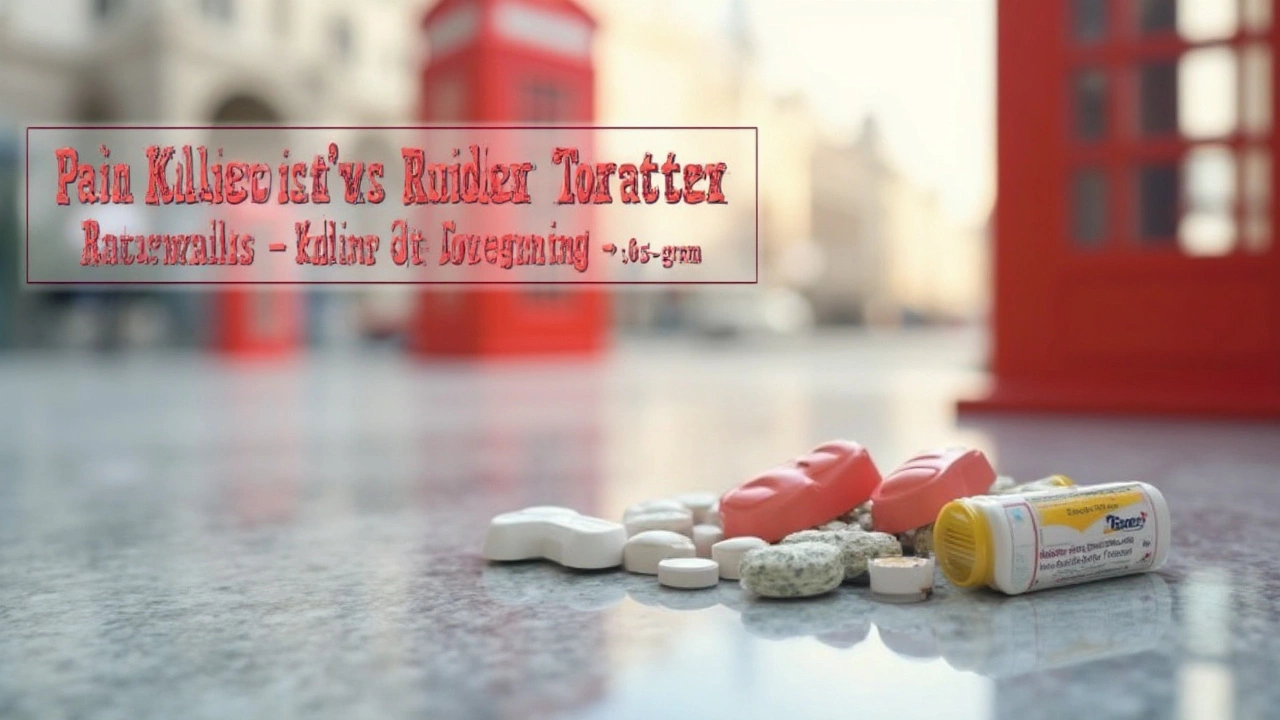
Safe Use: What Everyone Needs to Know
It’s tempting to think, “Well if two pills are good, four must be better, right?” Wrong. This is where most accidents happen. The safe maximum for healthy adults is 4,000 milligrams per day, but plenty of doctors say to stick to 3,000 just to be careful. For kids, the number depends on their weight—never guess. I’ve triple-measured the dose for Oscar when he had that awful ear infection, partly because I’ve seen stats that scare me: nearly half of all acetaminophen overdoses in kids are from parents who just eyeballed a spoonful.
There’s a sneaky catch, though. Acetaminophen is everywhere. You find it in stuff like NyQuil, Excedrin, Alka-Seltzer Plus, Theraflu—more than 600 over-the-counter and prescription medications, actually. Someone taking cold meds, a headache pill, and a night-time sleep-aid could easily go over the daily max without realizing it. This is why you have to check those labels like you’re looking for your lost keys.
Doctors warn that taking more than the safe limit, even just once, can damage your liver. Mix that with alcohol and your odds get worse. A couple drinks after a big dose? Bad idea. Your liver deals with both, and there’s only so much it can process at once. In fact, fatal toxicity can sneak up on otherwise healthy adults who didn’t realize their total dose across various medications was too high.
Here are some tips to stay safe:
- Always read the ingredient label, even for medicines you know well.
- Keep a running total of how much acetaminophen you’ve used (write it down if you’re not sure you’ll remember).
- Use the measuring cup or syringe that comes with children’s medication—a kitchen spoon is way too imprecise.
- If you have liver trouble, daily drinking habits, or take other medications, ask your doctor or pharmacist for advice before using acetaminophen.
- Put all your over-the-counter meds out of reach from curious kids. Oscar once managed to unscrew a supposedly “child-proof” cap—I still feel anxious when I remember that.
There’s also a weird urban legend floating around that taking acetaminophen is basically “risk-free” because you can buy it anywhere, but the numbers push back hard: In the UK, where you can only buy a small pack at a time due to suicide attempts and accidental overdose, death rates from acetaminophen drops are lower. This goes to show, accessibility can be a double-edged sword.
Doctors occasionally recommend acetaminophen even for pregnant women, since most other painkillers aren’t considered safe during pregnancy. But new research is constantly underway, and, as always, it’s a discussion worth having with your healthcare provider—don’t just assume safety based on old advice.
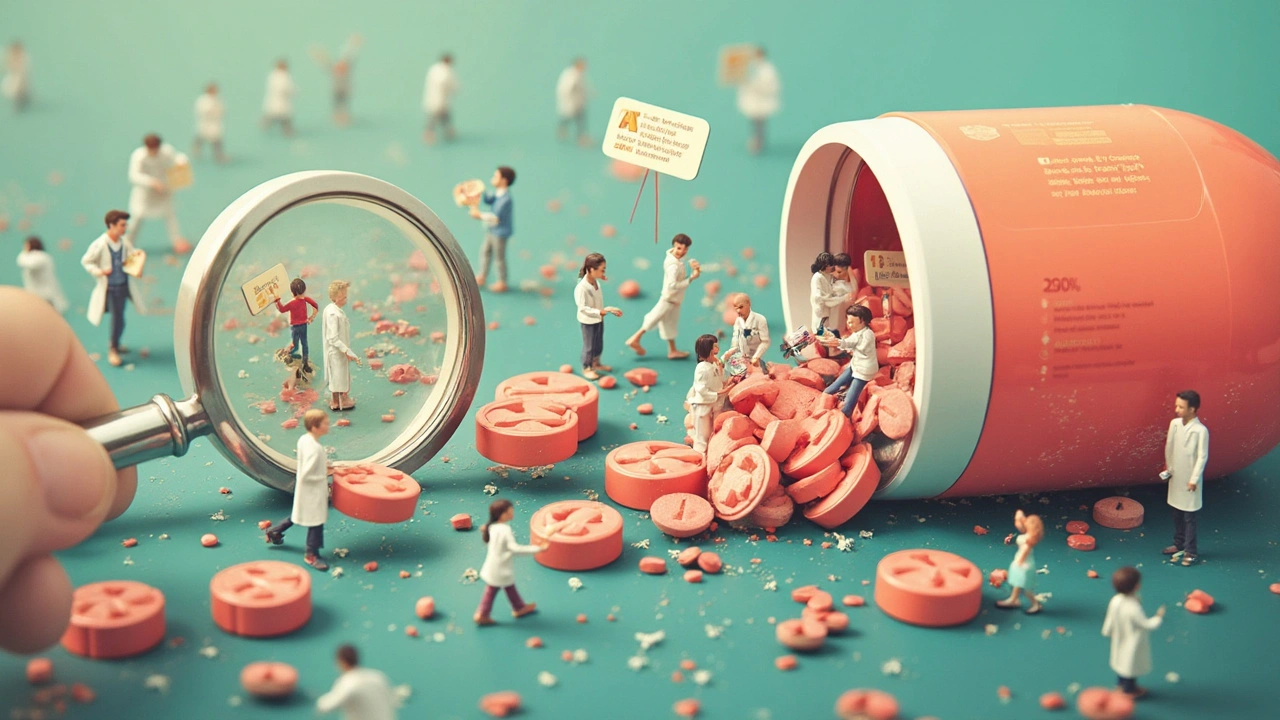
Tips, Myths, and Weird Facts About Acetaminophen
So you know acetaminophen is in everything, works by blocking pain signals in your brain, and is less harsh on the stomach than the alternatives. But here’s some stuff most people don’t realize:
First off, acetaminophen is also called paracetamol in plenty of countries outside the U.S. Ever see a British TV show where someone asks for “paracetamol” for a hangover? That’s acetaminophen.
It doesn’t play nice with every health condition. People with liver disease, chronic alcohol users, and even some with malnutrition are much more sensitive to toxicity. Even herbal supplements and other prescriptions can interact, so pharmacists are always double-checking. According to recent CDC data, about 38% of accidental overdoses in the elderly happen due to a mix-up with drug interactions.
Here’s a mythbuster: Acetaminophen isn’t always the best for every pain. Muscle strains and inflamed injuries usually respond better to NSAIDs like ibuprofen, because they fight inflammation as well as pain. But for plain old fevers, toothaches, and headaches, acetaminophen might be all you need.
Also, body size and genetics matter. Some people break it down faster or more slowly due to specific liver enzymes, which means what’s safe for your neighbor might not be for you. That’s why there’s always a little warning in the fine print about asking a doctor if you have liver or metabolic problems.
Ever wonder about the extra ingredients in “PM” painkillers? You’re often getting acetaminophen plus diphenhydramine (an antihistamine that knocks you out). So if you’re taking regular pain relief and then one of those, you could double up on acetaminophen without noticing.
And here’s something I tell every friend who’s a parent: If your kid runs a mild fever but is acting normal and drinking fluids, you don’t always have to medicate right away. Fever is the body’s way to fight infection, and unless they’re miserable or the number is scarily high, sometimes it pays just to wait and watch. When Oscar had his last fever, we planned out intervals and checked his temperature every hour, rather than just dosing him by the clock.
Storage matters, too. Don’t keep bottles in hot cars or steamy bathrooms—heat and moisture breaks down the medicine early. Once a bottle changes color or pills clump together, just toss it. And keep those child-resistant caps locked, but don’t bet your house on them—they slow down kids, but they don’t always stop them. Trust me on that one.
If you’re traveling or have a pet, remember: acetaminophen is way more dangerous for dogs and cats than humans. People make awful mistakes thinking a pet can have just a bit for limping or soreness—don’t. Call a vet right away if you suspect an animal has gotten into any.
Want to know a weird fact? Scientists are exploring how acetaminophen affects mood and emotions. Some new studies suggest high doses dull not just physical pain, but emotional anguish too. One researcher quipped it could "take the edge off heartbreak." Still, don’t pop a painkiller for a bad breakup just yet—the research is early, and nobody recommends using it for emotional stress.
Acetaminophen’s worldwide reputation comes from a balance of effectiveness and affordability. Around two billion doses are taken in the US alone every year. It’s been around since the 1950s, after researchers accidentally discovered it while trying to cook up new anti-parasite drugs, believe it or not.
So, next time you open up your medicine cabinet for that familiar white tablet, you’re handling a medicine with a history as wild as a Netflix docu-series. Treat it with respect, keep track of what you take, and make sure nobody in your house gets more than they should—especially if you’ve got little ones around. Sometimes it’s the simple, everyday things that need extra attention.


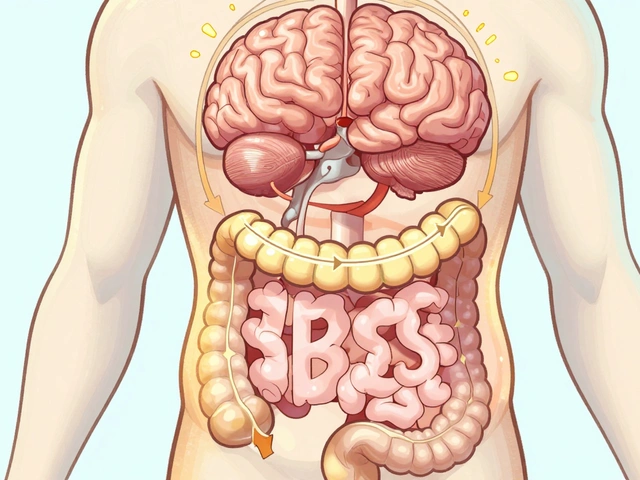
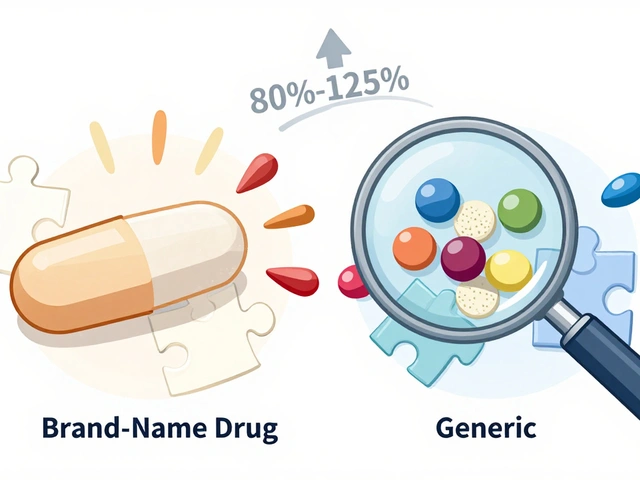
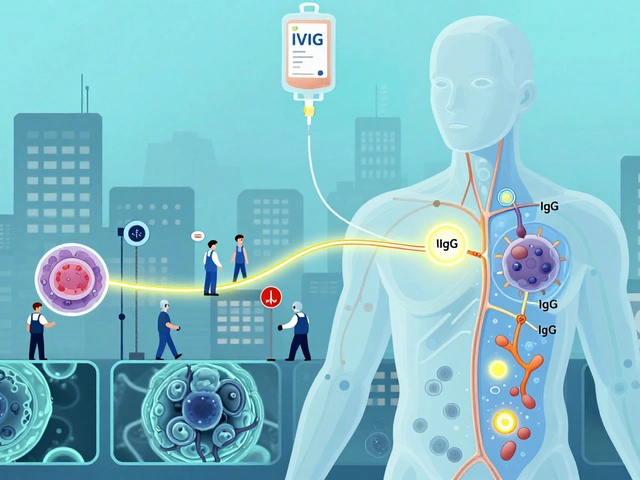
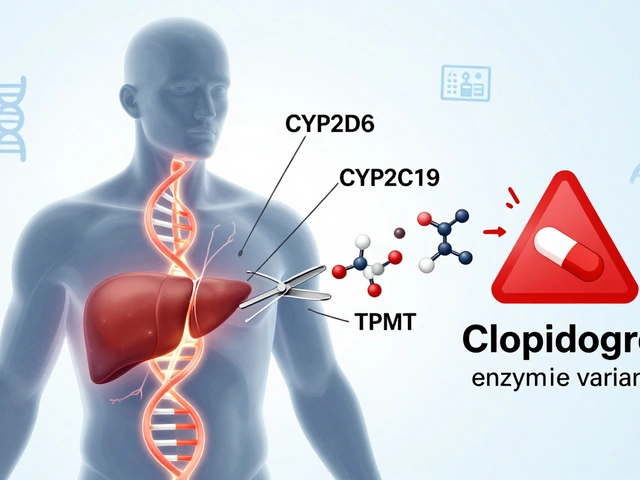
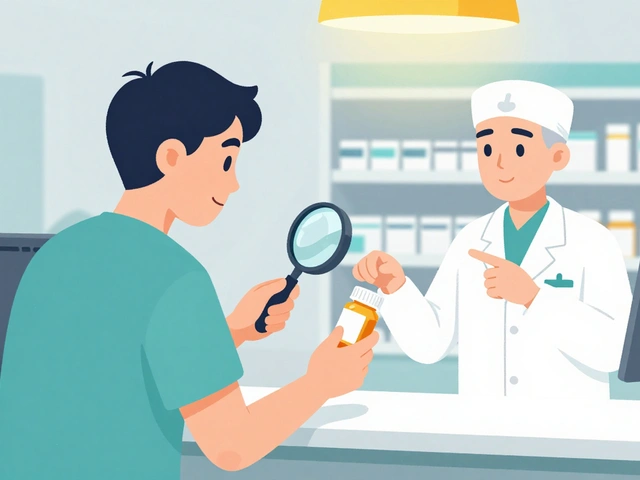
10 Comments
WILLIS jotrin
Reading through the rundown on acetaminophen makes me think about how often we reach for convenience over caution. It's wild how a tiny tablet can slip into so many products, turning a simple headache remedy into a hidden danger. The brain‑centric action of the drug is fascinating, but the liver's silent workload is a reminder to stay mindful. I usually jot down each dose on my phone to avoid the accidental overload that the article warns about. Staying aware is the cheapest insurance we have.
Kiara Gerardino
Honestly, the fact that people treat acetaminophen like a free‑for‑all is downright irresponsible. We owe it to ourselves and especially to our kids to respect the limits set by medical science. The article nails the point: just because it’s everywhere doesn’t make it harmless. Overdosing is not a "minor mistake"-it’s a serious public health threat that we should publicly condemn. Let’s stop glorifying casual pill‑popping and demand better education.
Tim Blümel
Great overview! I love how the piece breaks down the brain‑centric mechanism versus the peripheral action of NSAIDs. 😎 One thing to add: many combo cold meds sneak acetaminophen in, so always check the active ingredients before stacking meds. Keeping a little notebook or phone note can save you from accidental excess, especially when you’re juggling a cough syrup and a pain reliever. Stay safe, folks, and keep the liver happy! 👍
Joanne Ponnappa
Thanks for the clear tip!
Michael Vandiver
Yo, love how the article spells out the dangers-so many people just assume “it’s just acetaminophen, can’t be that bad.” I’ve seen a friend mix up his night meds and end up in the ER, all because he didn’t tally the total. The tip to use the provided measuring cup is 🔥. Let’s keep the conversation going and share our own safety hacks, guys.
Emily Collins
Reading this brings back that time my cousin’s teen thought a few extra pills would just “speed up” the relief. The poor kid ended up with a scary ER visit. It’s a stark reminder that the line between therapeutic and toxic is razor‑thin. While the article does a solid job, we should also stress the importance of checking labels on everything-from birthday candles that smell like medicine to hidden “herbal” blends. If you’re ever in doubt, a quick call to a pharmacist can be a lifesaver. Let’s keep this dialogue alive so no one else slips through the cracks.
Harini Prakash
Wow, this piece really opened my eyes to how pervasive acetaminophen is in our daily lives. It’s not just the obvious pain relievers; it hides in cough syrups, cold tablets, even some vitamins. That means a person could unintentionally exceed the safe dose simply by taking multiple over‑the‑counter meds. 😮
One thing I’ve started doing is keeping a simple spreadsheet on my phone where I log every dose of acetaminophen family members take. It only takes a few seconds, but it instantly shows me if we’re edging towards the limit. I also keep the measuring syringes that come with kids’ liquid meds and refuse to use kitchen spoons-those are just too inaccurate. 🍼
Another crucial point is the interaction with alcohol. Even a modest amount of wine after a heavy dose can tip the liver over the edge. If you’re a regular drinker, it’s worth consulting your doctor about a safer pain‑management plan. 🍷
For parents, the child‑proof caps are a myth. My nephew once unscrewed a bottle that claimed to be “child‑resistant.” The safest approach is to store all meds in a locked cabinet out of reach. When we’re traveling, I bring a small, clearly labeled container with the correct dose for emergencies, so we don’t have to rely on unfamiliar foreign brands.
It’s also fascinating to hear about the new research on mood‑lifting effects of high doses. While it’s still early, it underscores how acetaminophen influences more than just physical pain pathways. It reminds us that any drug, even the “gentle” ones, can have far‑reaching effects on our body and brain.
Lastly, never forget the pet safety angle-our dogs and cats are especially vulnerable. A tiny lick of a tablet can be fatal. If you suspect your pet got into medicine, call a vet immediately.
All in all, a little mindfulness goes a long way. Check labels, track doses, keep meds secure, and stay informed. Thanks for the thorough rundown-this will definitely change how many of us handle our medicine cabinets! 😊
Rachael Turner
I really appreciate the balanced tone of the article. It acknowledges acetaminophen’s usefulness while laying out the hidden risks. One subtle reminder that stuck with me: the importance of writing down each dose-something simple yet often overlooked. Also, the point about liver health in older adults is vital; many assume they’re fine because they’ve taken it for years. This kind of thoughtful, evidence‑based guidance is exactly what we need on health forums.
Suryadevan Vasu
Acetaminophen is effective for pain and fever, but the liver toxicity risk demands careful dosing.
Vin Alls
Spot on! Think of acetaminophen as the quiet ninja of the pharmacy shelf-stealthy and reliable, yet it can become a rogue agent if you let it run amok. A colorful analogy: it’s like that friendly neighbor who always helps you move, but you wouldn’t want them borrowing your prized heirloom without asking. Keep the ledger, respect the limits, and you’ll stay on the bright side of pain relief.